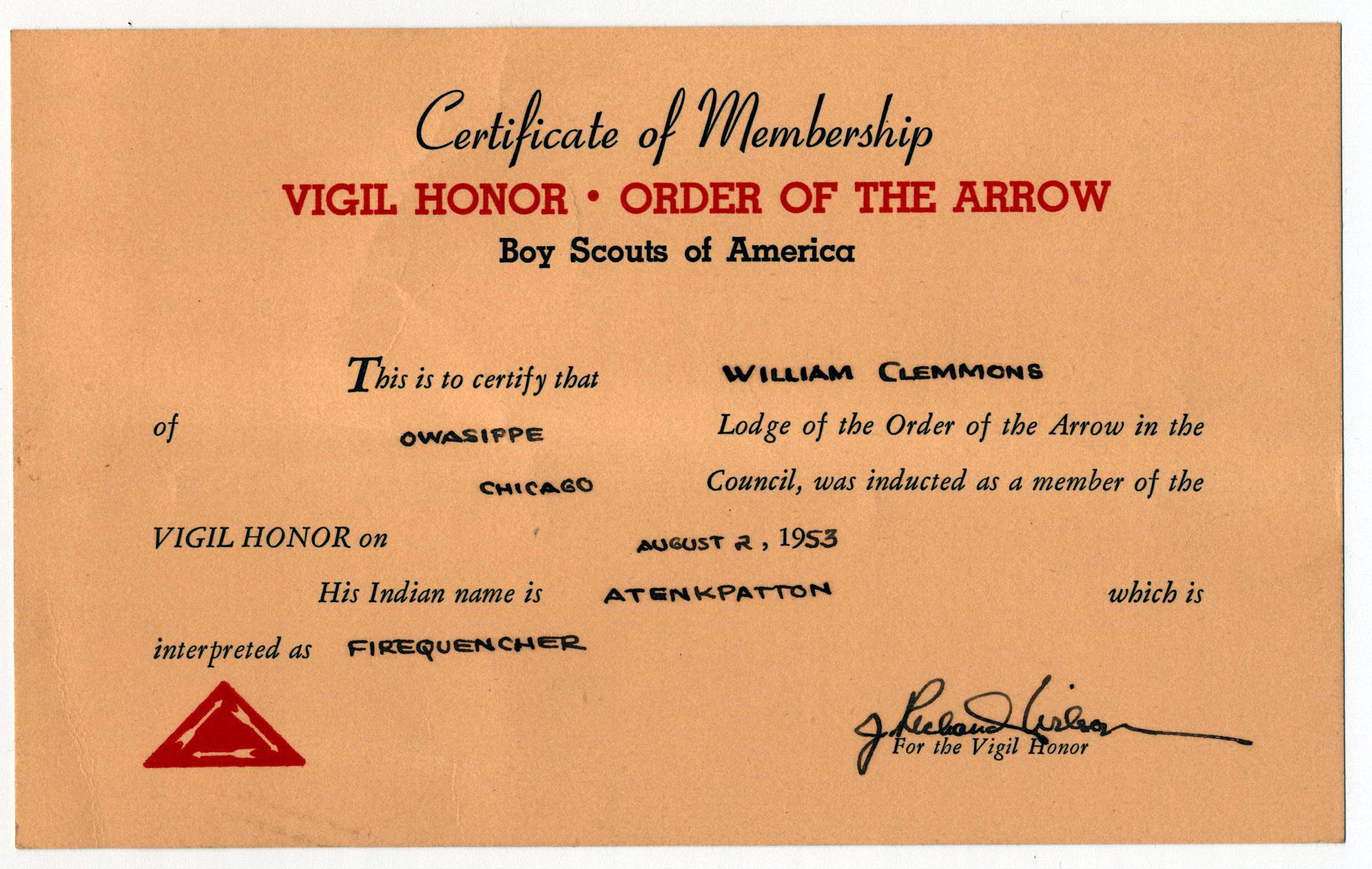Second OA Nat'l Secretary
Effective June 1951, J. Richard Wilson, the 1950 National Conference Chief, became the second Order of the Arrow National Secretary. The position was still a low level BSA professional job and was not a glamour position by any means. It was a tremendous clerical and administrative job.
Outgoing National Secretary Norman C. Wood had taken another professional Scouting job in his hometown council in Springfield, Massachusetts after less than three years. Wood, only 26, decided that he preferred being a Field Executive and camp director.
professional Scouting job in his hometown council in Springfield, Massachusetts after less than three years. Wood, only 26, decided that he preferred being a Field Executive and camp director.
Wilson was even younger than Wood when he was hired and would only serve until 1953 when he moved to Grand Rapids, Michigan to be a Field Executive. Wilson remains the only youth officer of the OA to later serve as National Secretary.